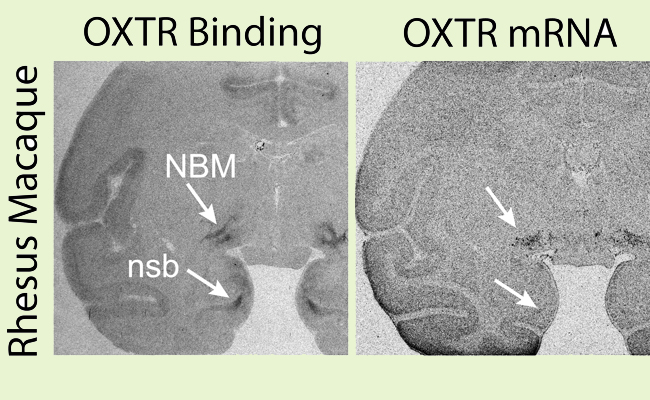Early HIV infection and potential therapeutic targets
What is potentially exciting about this research is the demonstration that the early stages of gut inflammation and damage can be intervened by the targeted probiotic bacteria. The mucosal lining of the human gastrointestinal tract is on the frontline of immune defenses, crucial in preventing infection and controlling the spread of [...]




















